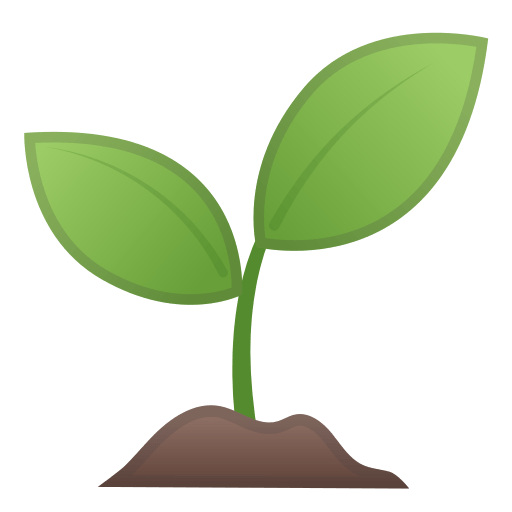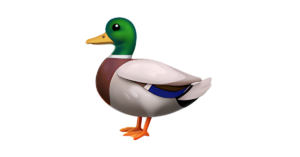Growing plant symbol meaning Love, happiness, and having a good time are all represented by the plant sign (🌷 🌻 🌿). The tulip symbol emoji 🌷, the sunflower symbol emoji 🌻, the blossom symbol emoji 🌼, the rose symbol emoji 🌹, and the bouquet symbol emoji 💐 are just few of the many plant symbols available.
Please scroll down if you want to copy the Emoji/Symbol
Plant Emoji 2024:
Emoji |
Copy & Paste |
| 🌱 |
🌱 |
| 🌾 |
🌾 |
| 🍃 |
🍃 |
All Emoji That Can Be Used For The Plant:
🌱, 🪴, 🌲, 🌳, 🌵, 🌾, 🌿, ☘, 🍀, 🍁, 🍂, 🍃, 💐, 🌸, 🌹, 🌺, 🌻, 🌼, 🌷
How to use these emojis?
Copy and paste the plant emoji in just one click. Just click on the plant emoji copy button next to it and insert it anywhere.
Plant Symbols Copy and Paste
There are different types of plants that are both unique in shape and in typing
- To type the palm tree symbol , 🌴 on your keyboard using the ALT codes, simply hold down the ALT key while you type the alt key code 127796. This will produce the desired result.
- To type the sign for herb on a keyboard using the ALT codes; ALT+127807, simply hold down the ALT key while you type the alt key code for herb, which is 127807.
Flower Symbols
- Tap and hold the ALT key as you type the alt key code 127800 on your keyboard to create the Cherry Blossom sign (🌸). This will enable you to write the symbol using the ALT codes.
- Simply keep holding down the ALT key as you type the alt key code 128174 on your keyboard to create the sign for a white blossom that looks like this 💮: ALT+128174.
- Simply hit the ALT key as you type the alt key code 127801 on your keyboard to create the rose symbol (🌹). This combination of keys is represented by the alt code ALT+127801.
- Press and hold the ALT key as you type the alt key code 127802 on your keyboard to create the symbol for the hibiscus flower (🌺), which is represented by the combination ALT+127802.
- Clamp the ALT key as you type the alt key code 127803 on your keyboard to create the sunflower symbol (🌻). This combination of keys is represented by the alt code ALT+127803.
- Pull down the ALT key as you type the alt key code 127804 on your keyboard to create the blossom sign (🌼). This combination of keys is represented by the alt code ALT+127804.
- Simply keep holding down the ALT key on your keyboard as you type the alt key code 127799 for the tulip symbol 🌷. This will allow you to write the symbol on your keyboard.
Leaf Text symbol
There are various symbols that show a variety of leaves. The following sections show different types of leaves along with their input method for windows.
Leaf Symbol Copy and Paste
- Simply keep holding down the ALT key as you type the alt key code 127811 on your keyboard to create the symbol of a leaf blowing 🍃 in the wind. This is represented by the combination ALT+127811.
- To type the sign for a four-leaf clover, which is represented on the keyboard by the combination ALT+127808, just hold down the ALT key while you type the alt key code for 127808.
- If you want to write the sign for a maple leaf on your keyboard using the ALT codes; ALT+127809, all you have to do is hold down the ALT key while you type the alt key code 127809.
- If you would like to write the sign for a fallen leaf on your keyboard using the ALT codes; ALT+127810, all you have to do is hold down the ALT key while you type the alt key code 127810.
Plant Symbolism Chart
| Region | plant | Meaning |
| china | Bamboo | Longevity, grace and strength |
| Druids | Mistletoe | Used to show a meeting area where no violent action could happen. |
| Europe | Asparagus foliage | Fascination |
| Britain | Green willow | False love |
Plant Symbolism in Literature
Plants have been featured in literature in many ways since the beginning. In addition to actually providing surfaces and tools for inscription, they also serve as a source of inspiration for a wide spectrum of writing, from exploring the boundaries of human imagination to chronicling shifting social and ecological situations. Because humans and all other creatures depend on vegetative bodies, they are present in all literature from all eras and cultures, making them prime candidates for metaphors, similes, and other literary techniques.
Plants are mentioned in nearly every literary work as food, scenery, ornamental elements, and of course as paper. However, illustrations of botanical activity frequently prove prophetic, especially when they serve as a reminder to readers of the mystifying ways in which plants move. The plant groups of woodlands were essential sources of food and inspiration for the towns of ancient and mediaeval Europe.
Therefore, increasing deforestation of these enticing and perilous borders is noted in early modern literature as a threat to ecological, social, and economic development, a pattern that is repeated in settler colonialist literature.




![Cancer Emoji Symbol [Meaning and Logic Symbolism] cancer emoji](https://fbsymbols.net/wp-content/uploads/2023/04/cancer-emoji-300x210.webp)


